By Rick VanSickle
In a crowded field of virtual wineries in Ontario, the ones that have found a following tend to source some of the best fruit in the region and rely heavily on winemaking style to build the brand.
Many have gone on to turn virtual into a more tangible and successful business — think Thomas Bachelder (now with a retail licence), Leaning Post (now a full-fledged winery), 2027 Cellars (now with a retail licence), Big Head (now a full-fledged winery). Others are content to make great wines from shared facilities and sourced grapes — think Nyarai Cellars, Meldville Wines, Charles Baker, 80x (When Pigs Fly) and newcomer Therianthropy (with plans to build a winery and plant grapes) and now Fourth Wall Wines, a new project from Niagara’s Joel Wilcox, a sommelier (Canoe) with deep roots in the region (Riverview Cellars) who’s taking a fresh approach for what he calls his “virtual negociant” label.
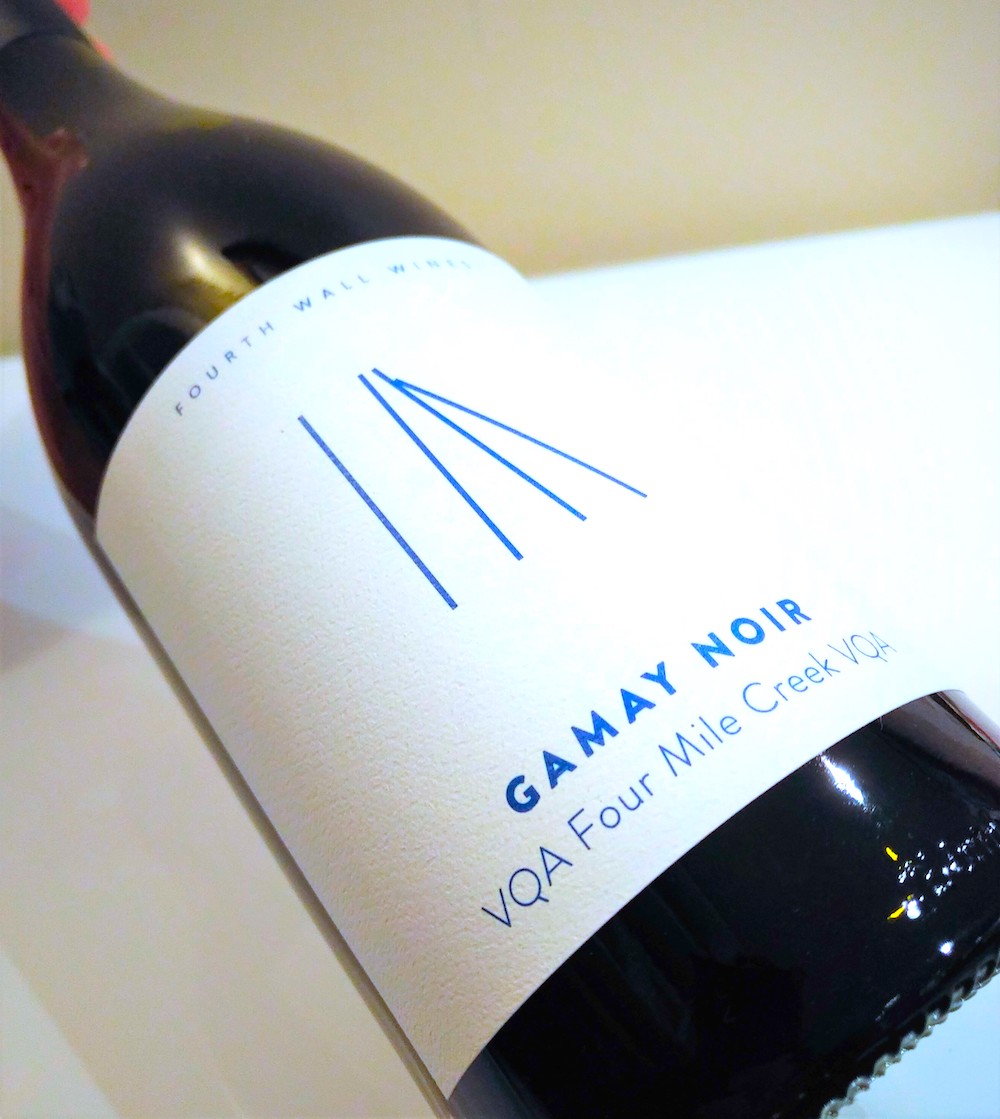
Wilcox is not a winemaker (he is currently a key account manager and sommelier at Woodman Wine and Spirits), but he has a focused palate after years of working both in the Niagara wine industry and with various wine lists in Toronto. He knows what consumers are looking for in their wines and he is determined to craft Niagara wines that speak to them.
“Wine should communicate ‘place’ to the drinker,” Wilcox tells Wines In Niagara. “Wine should speak to its audience. It made sense to align the ideas.”
He has focused his debut four wines on what he knows best — the terroir of Niagara-on-the-Lake — and vineyards that he is familiar with along with winemakers he enlisted for the project who know the vineyards best. He is expressing terroir without being preachy about it. He is shining a spotlight on the fruit without crowding it with too much of anything. The result is a collection of four wines — Sauvignon Blanc, Riesling, Gamay and Cabernet Sauvignon — that are unique in that they all express the purity of the varieties using “lower alcohol, less oak, more acid, healthy fruit, maybe some small technical faults that add complexity, and always balance,” he says.
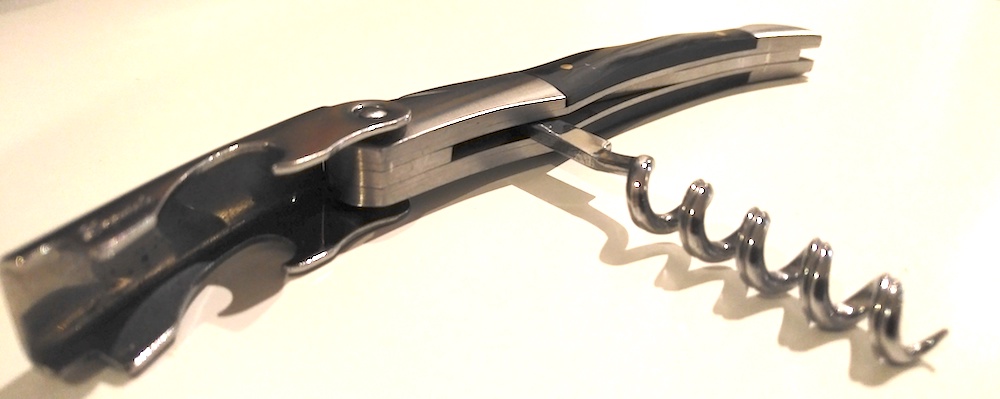
These first wines are simply delicious and are born of a shared collective of Niagara talent with Wilcox heavily involved in the style he was looking for.
“These bottlings are collaborations: winemakers who have been kind enough to share their fruits, and perhaps take a different path than they may have initially,” he says. “Working together makes everybody better and pushes us to uncover new strengths.”
Wilcox, below, explains the philosophy behind his new Fourth Wall Wines in this Q&A with Wines In Niagara. Reviews for the four wines follow below.
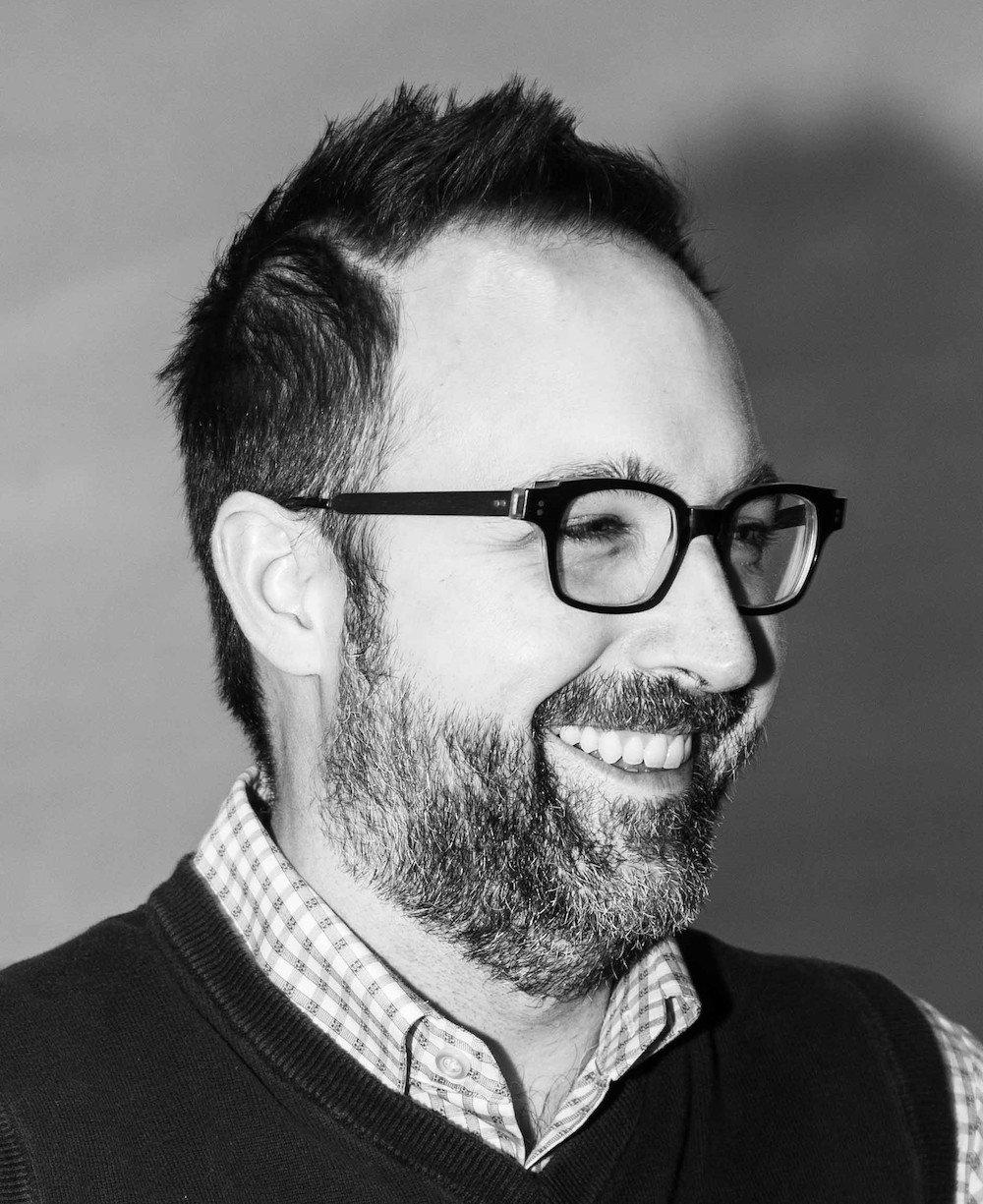
Wines In Niagara:
All four wines are delicious. I like how you chose to shine a light on variety and place in Niagara sub-apps you are familiar with. The wines are beautifully clean and precise and capture perfectly where they are grown. Was that your intent? Was it to showcase key Niagara varieties in some of your favourite terroirs?
Joel Wilcox:
“The number one goal is uncovering exceptional wines in vintages that suit them. Although terroir is critical, the deeper intent is to get people to think more about what they’re drinking. It’s a passion project to celebrate local and build a culture of appreciation. The people and the places are all part of it. Not every consumer may want to get into the nitty-gritty, but those who do can have a window into it immediately.”
WIN:
2007 is long time to be dreaming of starting your label. What got you thinking about creating Fourth Wall Wines and how did it finally result in your first wines?
Wilcox:
“By 2007, I’d been working in Niagara for seven years and was heading into sommelier classes after grad school (English Lit). I was big into postmodernism, so, as one does, I wondered how to make postmodern wines. The idea of ‘breaking the fourth wall’ refers to film and theatre when a character stops interacting with the others on stage and starts speaking to the audience. Well, wine should communicate ‘place’ to the drinker. Wine should speak to its audience. It made sense to align the ideas. I loved it then, and it has stuck with me since. Fourth Wall Wines would be rooted in a philosophy of discovery, instead of just one place. It got very close in 2013 working at Canoe Restaurant, where I had several plans for small-run exclusive bottlings; we just didn’t execute it in the end. Then last year, I had dinner at Oddbird with my old friend Mike Pillitteri (Riverview Cellars) and I mentioned the idea again. He was incredibly supportive and practically dragged me to taste what was in barrel. We were just going to make the Cabernet Sauvignon, then, late in the process, a few more wines popped up that demanded attention. It snowballed very quickly through word-of-mouth and some pretty amazing people. That said, they’re still incredibly small batches and they should stay that way.”
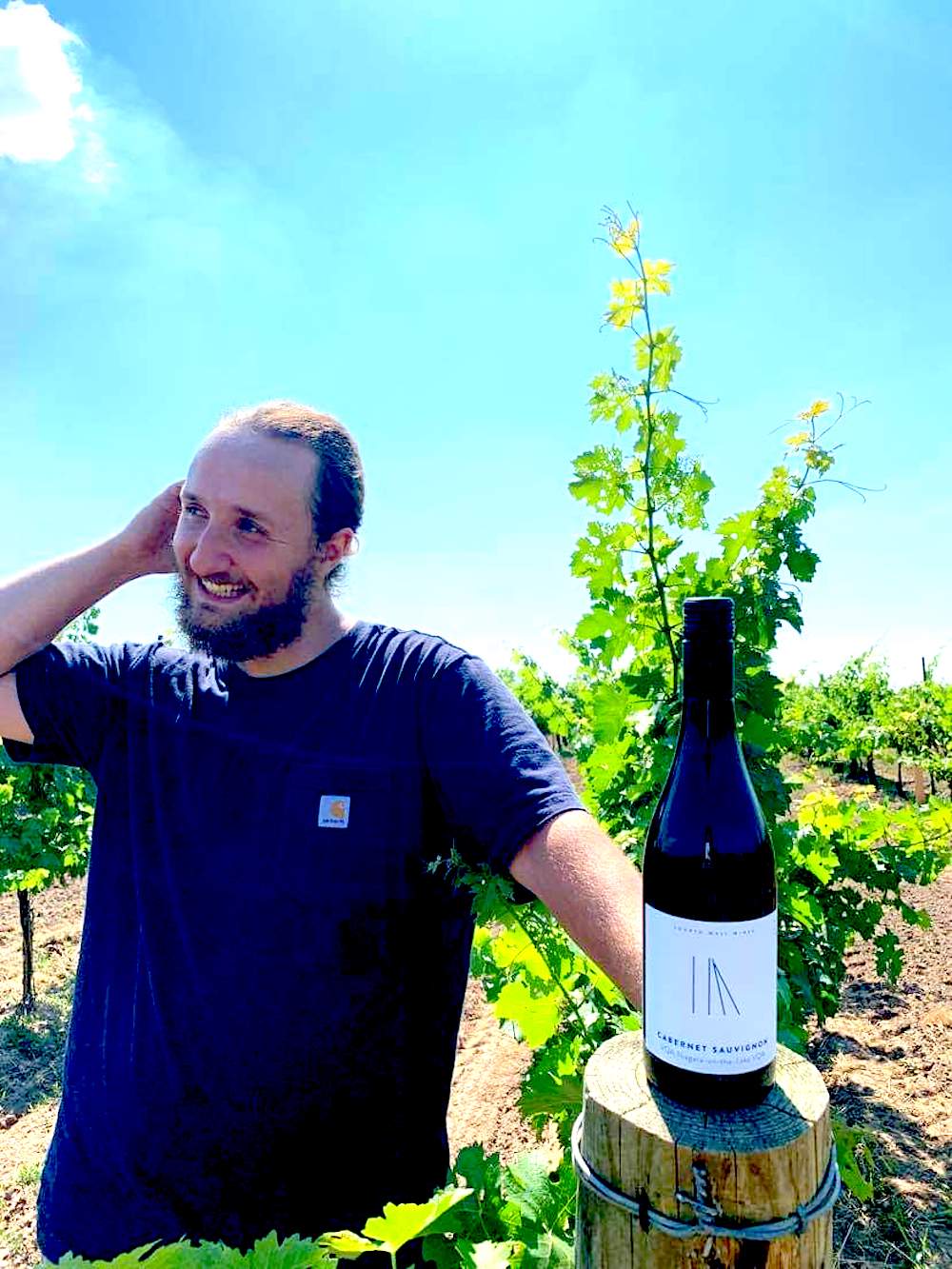
WIN:
As a sommelier by trade, the wines taste like what a sommelier would want to recommend to his diners. Juicy acidity, ripe, well-defined fruits and super clean and fresh. Even the Cab Sauv is handled with kid gloves. Can you explain your target market and the somm approach to winemaking and what a somm in looking for.
Wilcox:
“In wine I look for harmony. I’m not sure I have a target market, other than people who love supporting Ontario. Great wines are universal. My wine-character shortlist would always be lower alcohol, less oak, more acid, healthy fruit, maybe some small technical faults that add complexity, and always balance. Minimal intervention that maximizes site. While I love the principles of organic/biodynamic/natural wines, I wasn’t dogmatic about it when managing a list. Pragmatically, you must find what your guest wants and be open to everything. Wine collaborates with food to make an experience. I find it easier to elevate all components when there’s a vibrant core. Likewise, these bottlings are collaborations: winemakers who have been kind enough to share their fruits, and perhaps take a different path than they may have initially. Working together makes everybody better and pushes us to uncover new strengths.”
The wines
How to get them: Go here
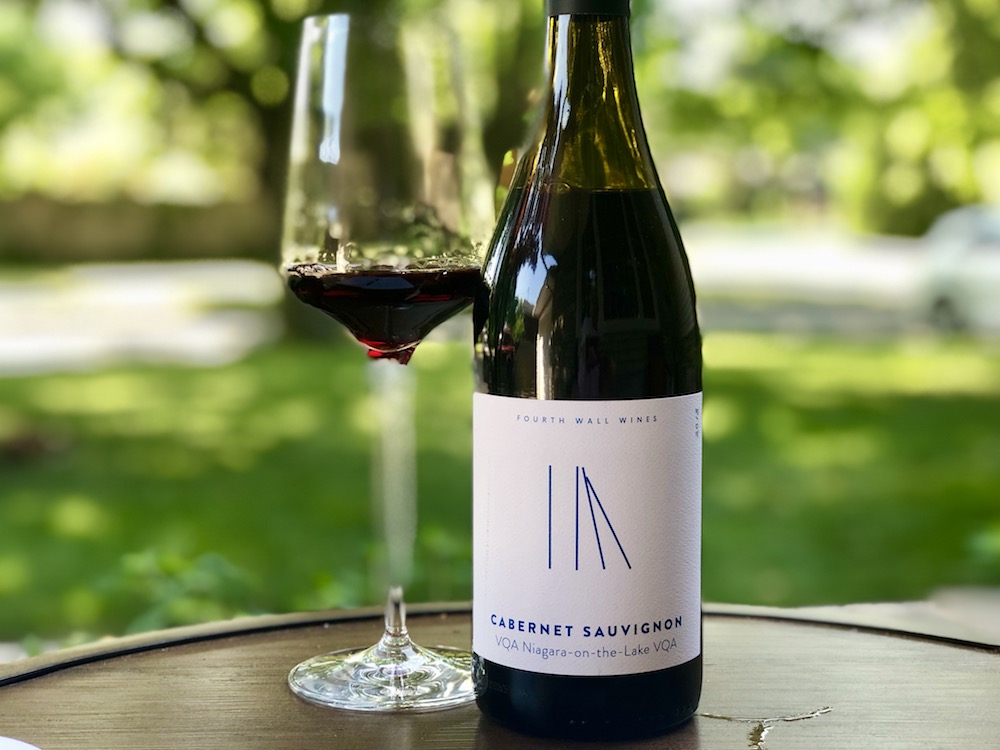
Fourth Wall Wines Cabernet Sauvignon 2018 ($30, 91 points)
How it’s made: 85% Cabernet Sauvignon with the rest Merlot and Cabernet Franc. It was destemmed and left to ferment and macerate for 12-14 days. It was aged in older, large format oak.
Winery and winemaking team: Riverview Cellars (NOTL), Alyssa Bator, Nick Salvatore and Fred DeProfio.
In the glass: An elegant, medium-bodied style of Cabernet with an expressive nose of dark cherries, touch of eucalypt, currants, forest berries and plums in combination with well-integrated spices and dried tobacco notes. There is a savoury edge on the palate and the fruits turn to darker notes of black currants, cassis and plums with fine-grained tannins and light spice notes. It’s clean and treads lightly on the palate from the mouth-watering acidity. Can cellar 3-5 years.
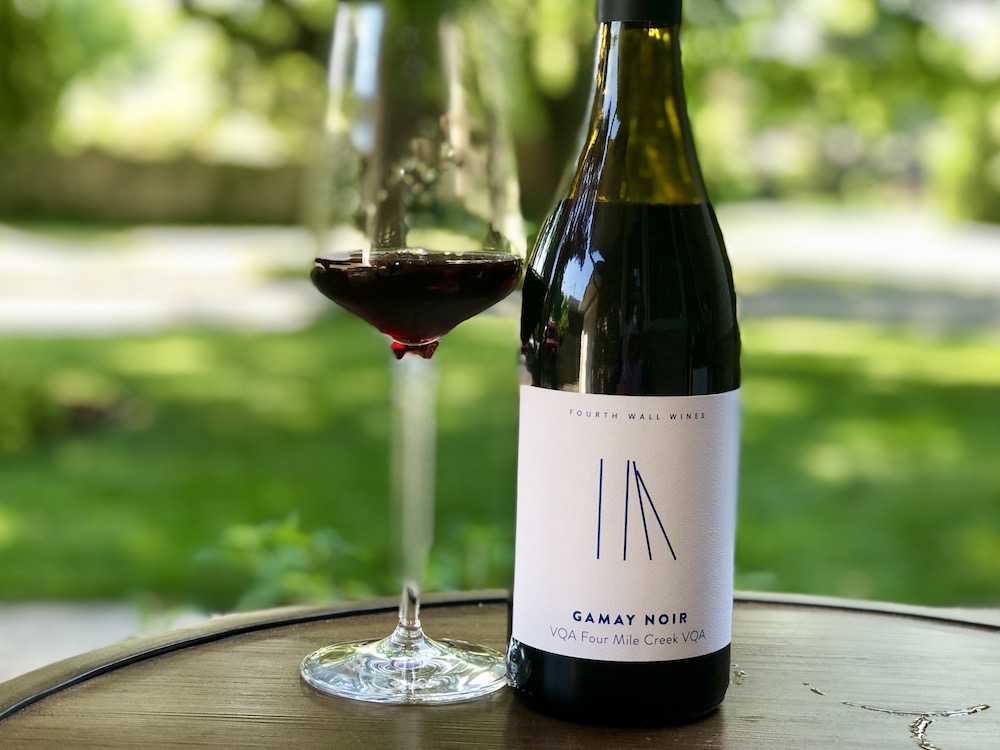
Fourth Wall Wines Gamay Noir 2018 ($24, 90 points)
How it’s made: Entirely harvested at the Bator Vineyard on Line 2 in Virgil (Four Mile Creek). This block was planted in 2004 on the usual sandy-clay loam found throughout the region. The fruit was raised in stainless tanks with no chaptalization, acidification or amelioration.
Winery and winemaking team: Riverview Cellars (NOTL), Alyssa Bator, Nick Salvatore and Fred DeProfio.
In the glass: Pure and explosive nose of ripe plums, black cherries, brambly raspberries, blueberries and just a hint of reduction. It’s deliciously ripe on the palate with subtle tannins, savoury herbs, crushed red berries, wild Muskoka blueberries, some anise and wood smoke all leading to a tangy, tingly finish. Gulp-gulp wine. 12% abv.
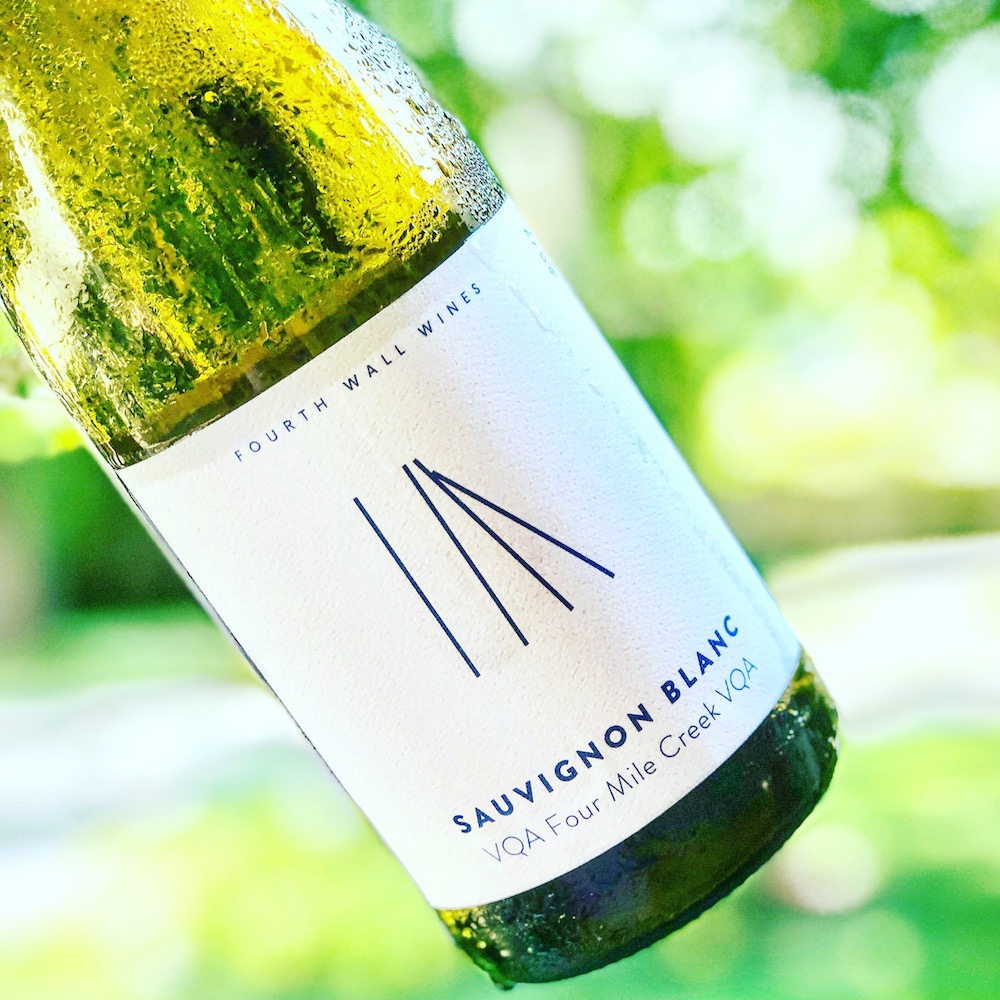
Fourth Wall Wines Sauvingon Blanc 2019 ($22, 92 points)
How it’s made: In searching for the right style of Sauvignon Blanc that Wilcox wanted to make, he combined fruit from three large format Burgundy barrels for his expression — one was lean and citric, one layered with the faintest gloss and one reductively bound. He combined them for a style that is somewhere between France and Austria.
Winery and winemaking team: Ravine Vineyard Estate Winery. Lydia Tomek and Eden Garry.
What’s in the glass: This is one of the better Sauvignon Blancs I have tasted from Niagara. It has such a gorgeous stony/chalky nose with pure grapefruit pulp, fresh pear, lemon zest, kiwi and subtle herbaceous notes. It’s vivid and clearly defined on the palate with tart citrus, fresh herbs, grapefruit and passion fruit that sizzles on the finish from the racy acidity and saline minerality.
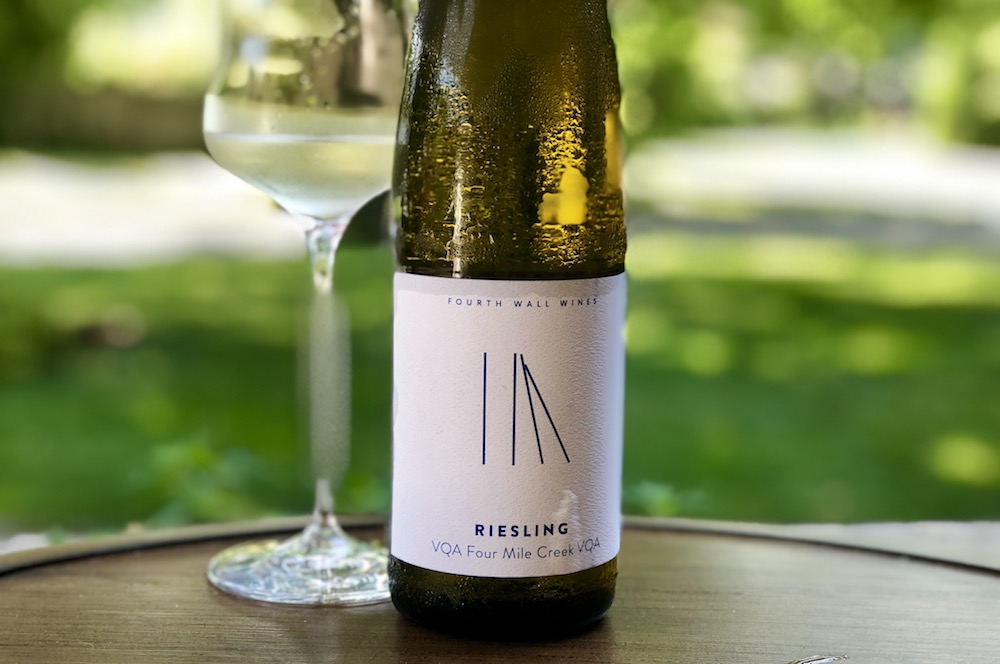
Fourth Wall Wines Riesling 2019 ($22, 89 points)
How it’s made: The juice spent five months in a 650 L Mercurey oak puncheon with some lees aging. A small percent of steel-aged Riesling was back-blended to increase freshness.
Winery and winemaking team: Ravine Vineyard Estate Winery. Lydia Tomek and Eden Garry.
What’s in the glass: An interesting style of Riesling that is somewhere in the middle of those mineral laced examples from the benchlands and more rounded, generous styles grown in the heart of NOTL. This has an expressive nose of lime, crisp apple, peachy/pear notes and subtle minerality. It’s built in a dry style with just 10.8% abv and laced with flavours of lemon/lime, tart orchard fruits, wet stone and ginger with a big freshening kick on the finish.






Comment here